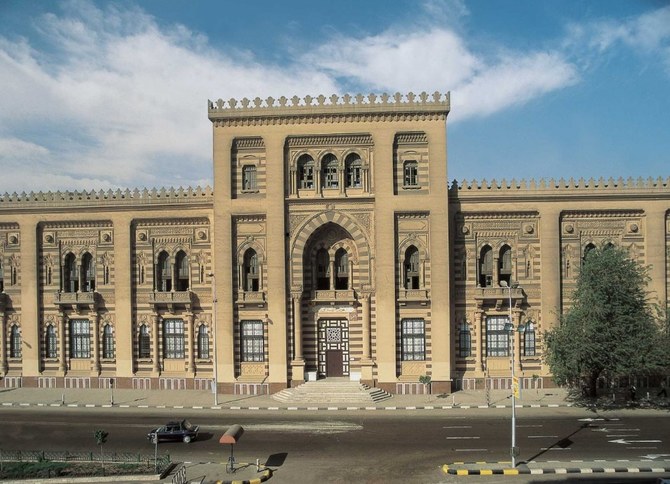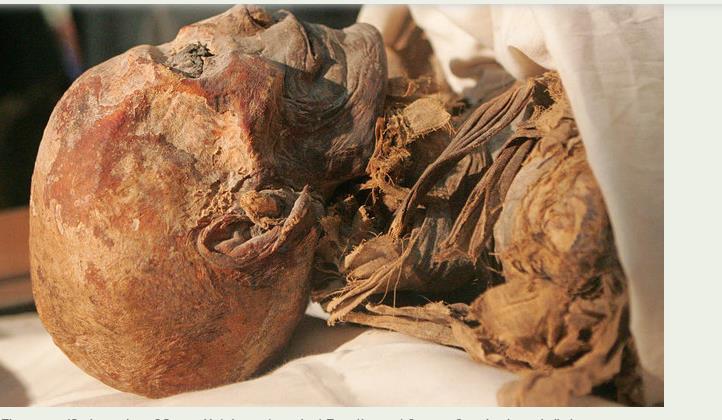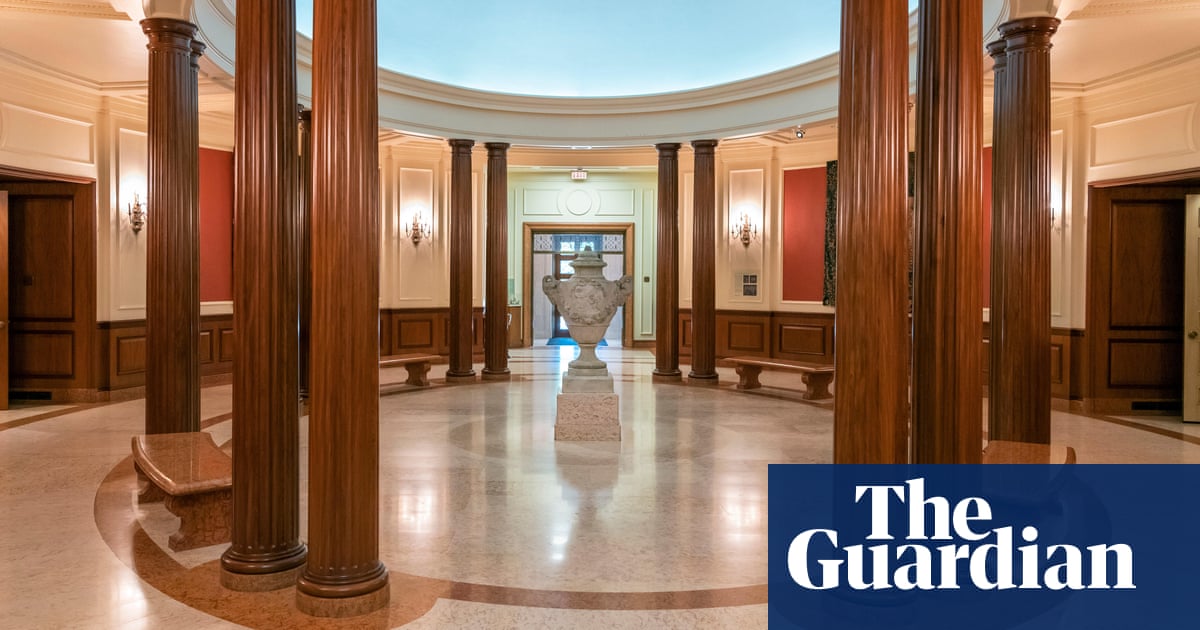
Ahmed Sayyam, general director of the museum, told Arab News: “The exhibited pieces are rare and unique”
“Representing such themes reflects the religious tolerance non-Muslims enjoyed during the Fatimid era”
CAIRO: The Islamic Art Museum in Cairo has said it is displaying four unique archaeological pieces from various Islamic eras.
Speaking about the announcement, Ahmed Sayyam, general director of the museum, told Arab News: “The exhibited pieces are rare and unique. The most prominent piece is an astronomical and timekeeping calendar from the era of Mohammed Ali’s dynasty.
“This masterpiece represents a complete calendar in timings and dates, consisting of tables that identify the beginnings of months, positions of the zodiac, and ascendants, written by Suleiman Hakmati and dated to the year 1220 AH.”
Sayyam added: “The second piece is a part of a pottery vessel with a cross painted under the glaze, possibly symbolizing the Christian Diwan’s financial officer during the Mamluk era. This piece dates back to the eighth century AH or 14th century A.D.
“The third piece is a part of a pottery vessel with a cross painted under the glaze, dating back to the Fatimid era. The artifact is adorned with a depiction of Jesus Christ, as believed by some, holding a book likely to be the Gospel. This theme has recurred in Christian art, as seen in the depictions at the Bawit Monastery in Upper Egypt dating back to the fifth century A.D.
“Representing such themes reflects the religious tolerance non-Muslims enjoyed during the Fatimid era.”
The last piece, according to the museum director, is “a part of a ceramic vessel with an underglaze painting of the Virgin Mary and Jesus Christ, dating back to the Ayyubid era.”
He added: “The second part of the artifact is preserved at the Benaki Museum in Athens, adorned with depictions of Jesus’ disciples.”
Archaeologist Abdelmajid Abdelaziz said: “Displaying rare and unique pieces in museums is very beneficial for attracting tourism and renewing museum exhibitions.”
He added: “The importance of displaying these particular pieces in the Islamic Museum lies in their belonging to different periods of Islamic eras, which suggests the diversity and richness of the pieces stored in the museum’s warehouses and discovered recently.”












